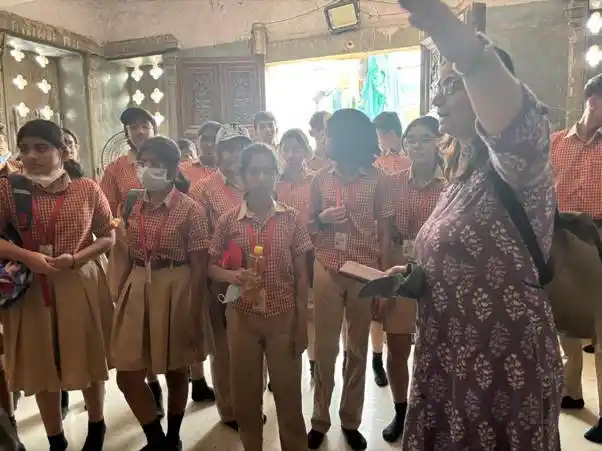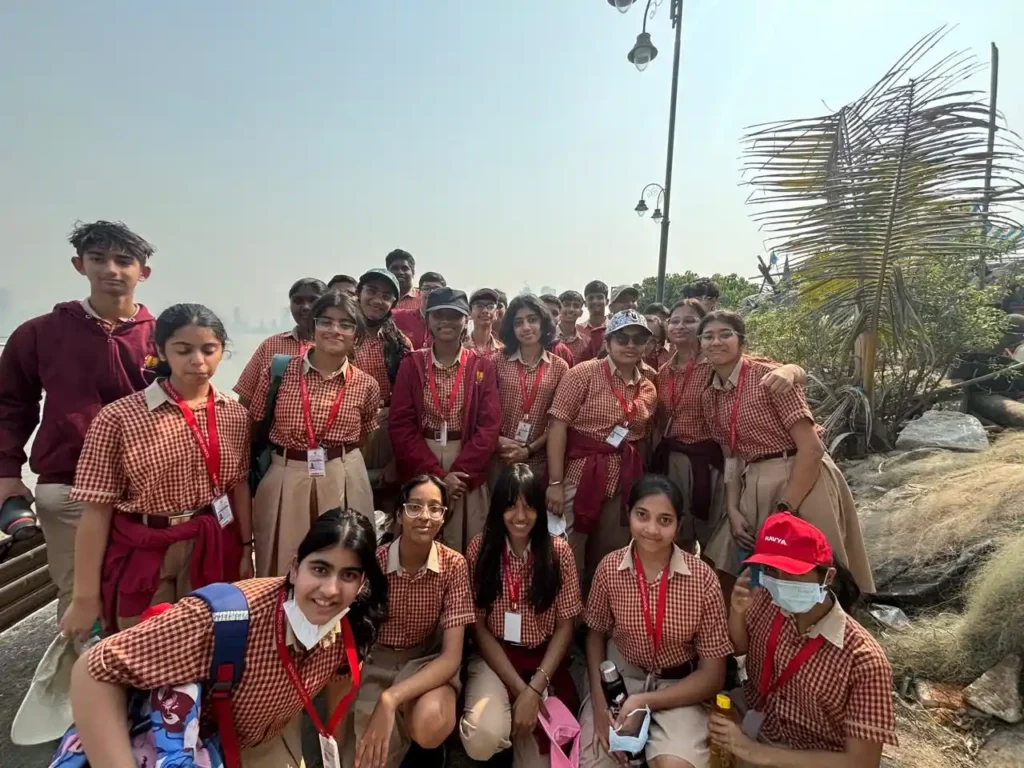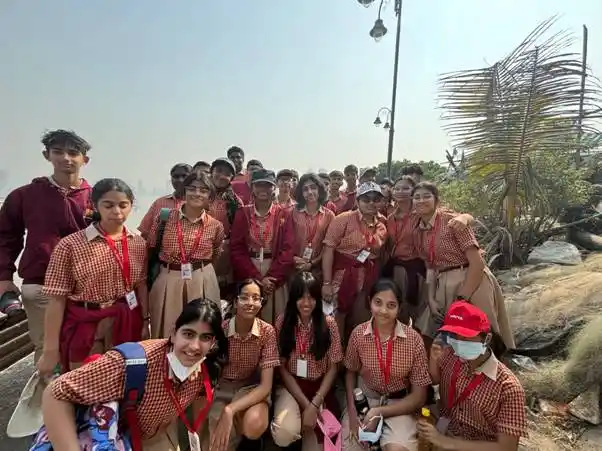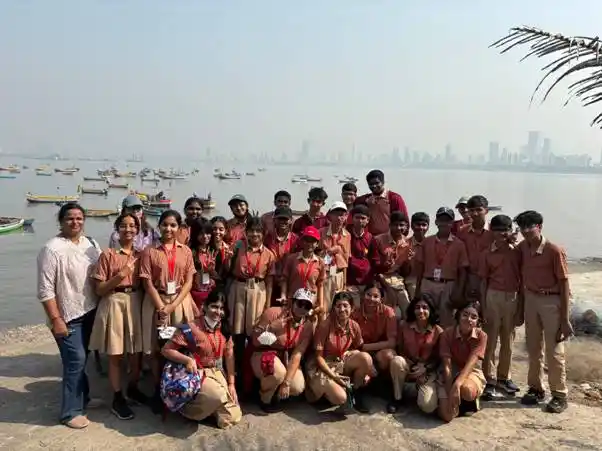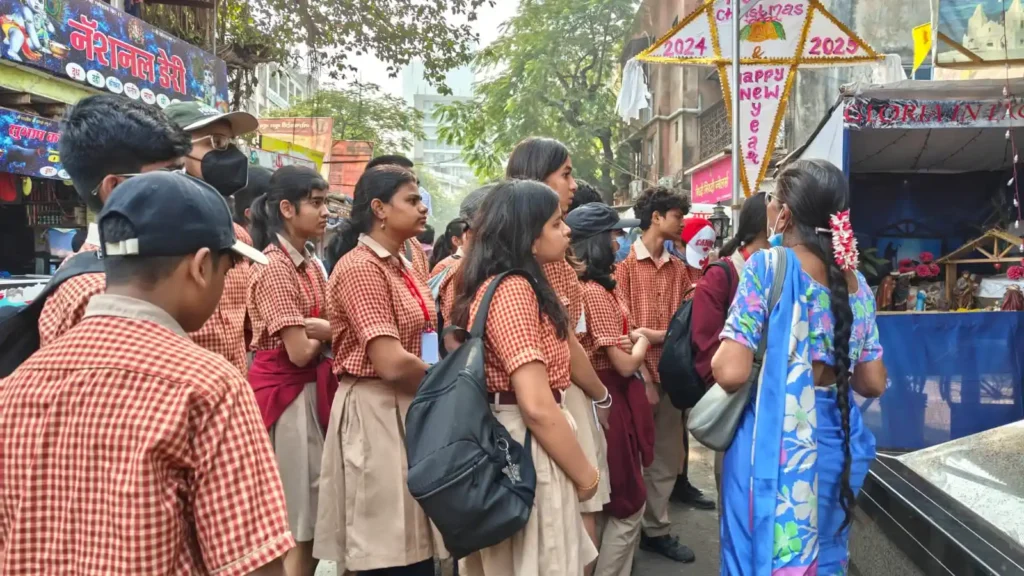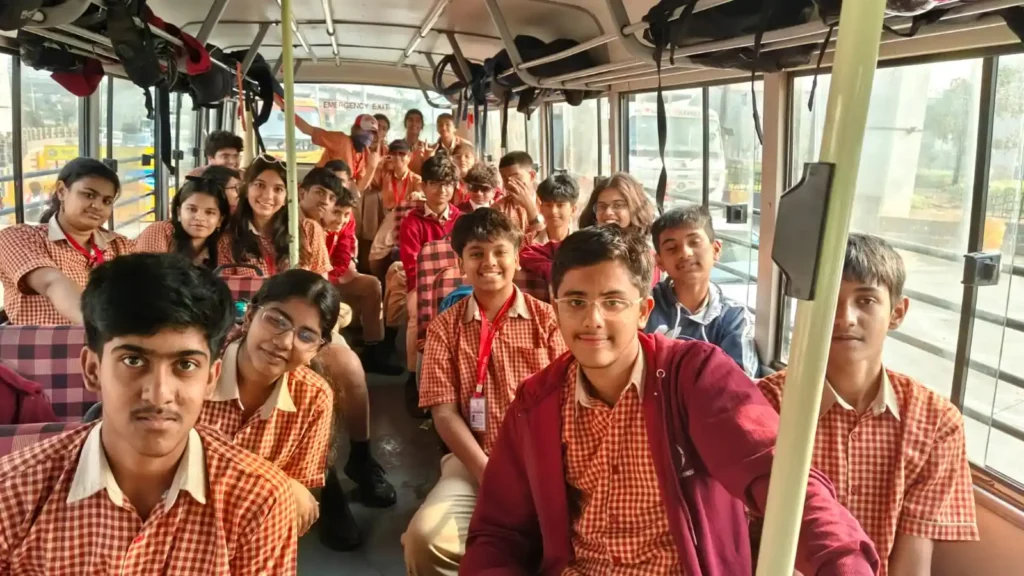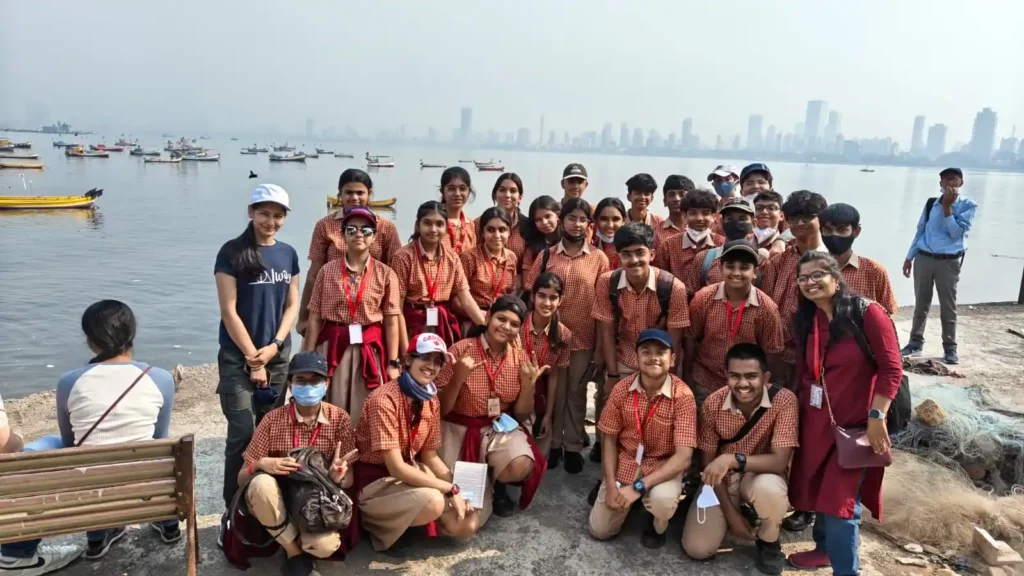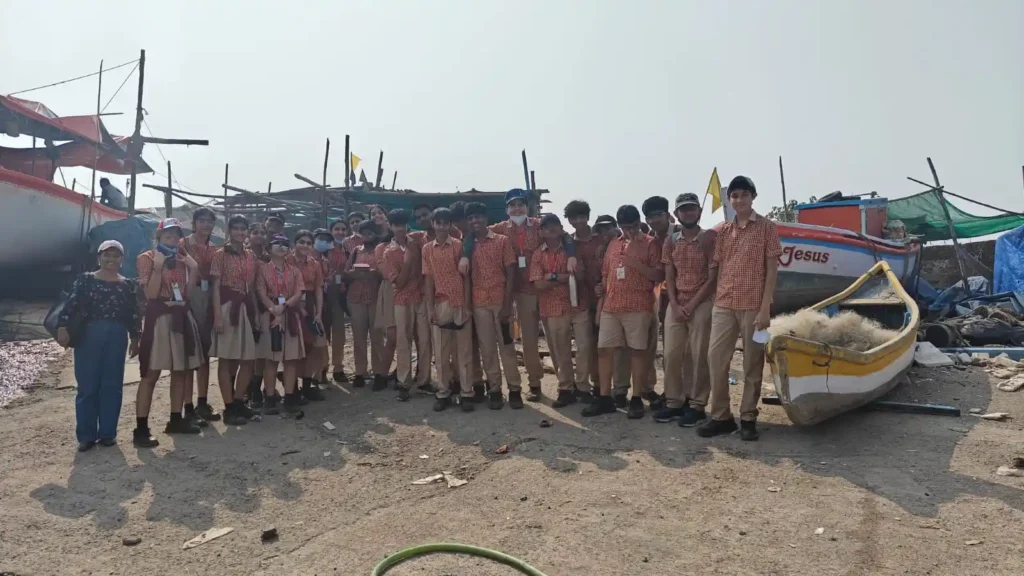The students of Class IX from The Orchid School recently undertook a study trip to Dharavi, Mumbai, to delve into the intricate socio-economic dynamics and resilient community life within this unique urban setting.
The primary goal of the excursion was to gain a deeper understanding of Dharavi’s microcosm, challenging preconceived notions about slums, and fostering a nuanced perspective on urban development and poverty.
Spanning over 500 acres, Dharavi is a juxtaposition of poverty and industry, home to a million inhabitants coexisting amidst small-scale enterprises, recycling units, and residential spaces. The visit aimed to unravel the complexities of this vibrant community.
Local guides led the students on insightful tours, allowing them to interact with Dharavi’s residents. Through these conversations, students gained firsthand knowledge about the experiences, challenges, and aspirations of the people living in this bustling urban enclave.
The study trip included visits to various micro-industries within Dharavi, such as pottery workshops, recycling units, and leather production facilities. These experiences provided a glimpse into the economic activities that sustain the community, showcasing the resourcefulness and resilience of Dharavi’s residents.The study trip included visits to various micro-industries within Dharavi, such as pottery workshops, recycling units, and leather production facilities. These experiences provided a glimpse into the economic activities that sustain the community, showcasing the resourcefulness and resilience of Dharavi’s residents.
The trip proved to be an eye-opening experience, challenging conventional perceptions of slums. It served as a powerful educational tool, prompting students to question stereotypes and develop a more nuanced understanding of the issues surrounding urban development and poverty.
The Orchid School Grade IX students’ visit to Dharavi was a thought-provoking journey that transcended mere sightseeing. It offered a unique opportunity for students to witness first-hand the thriving microcosm of Dharavi, fostering empathy, understanding, and a more informed perspective on the complexities of urban life and socio-economic dynamics.
